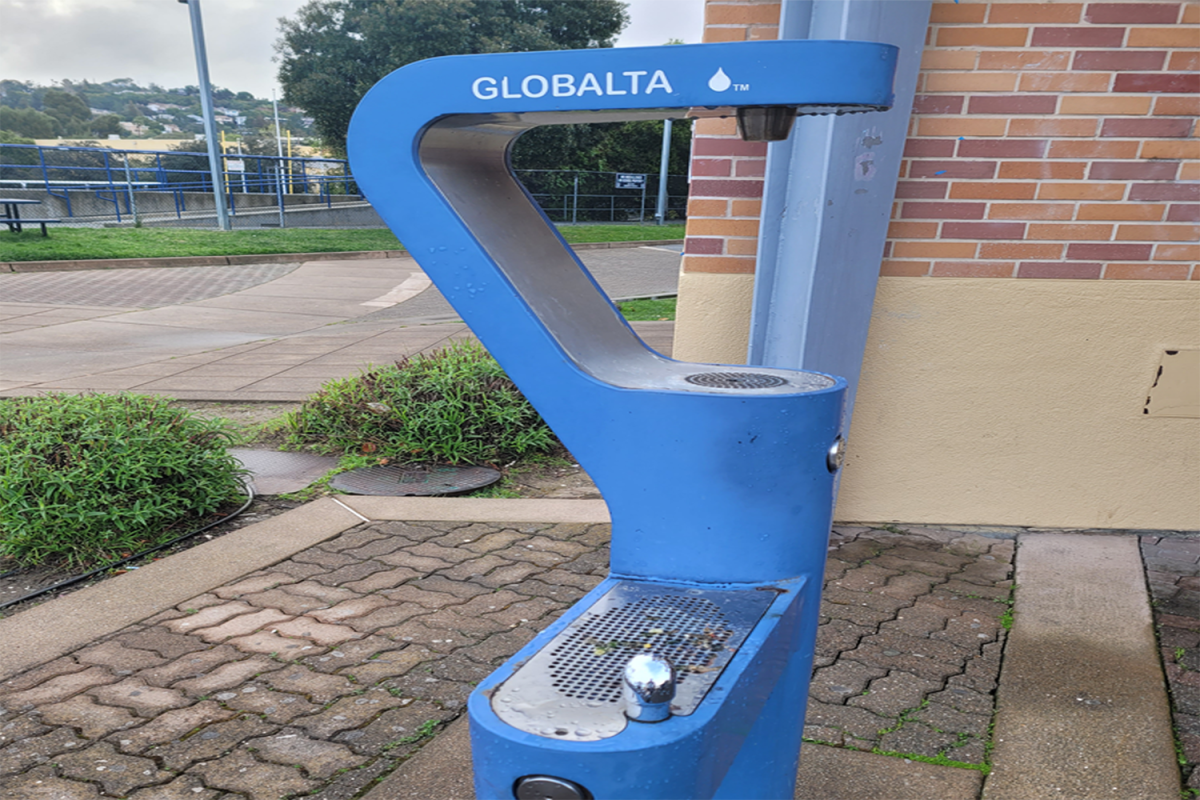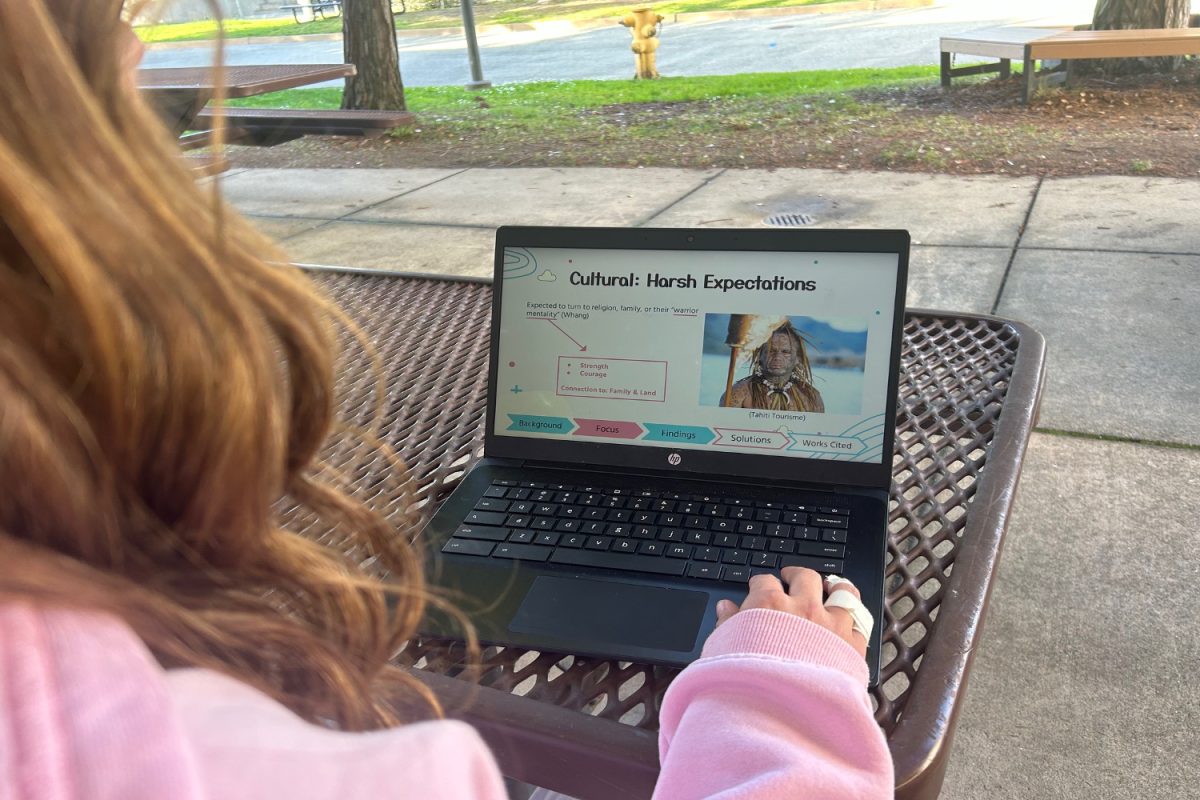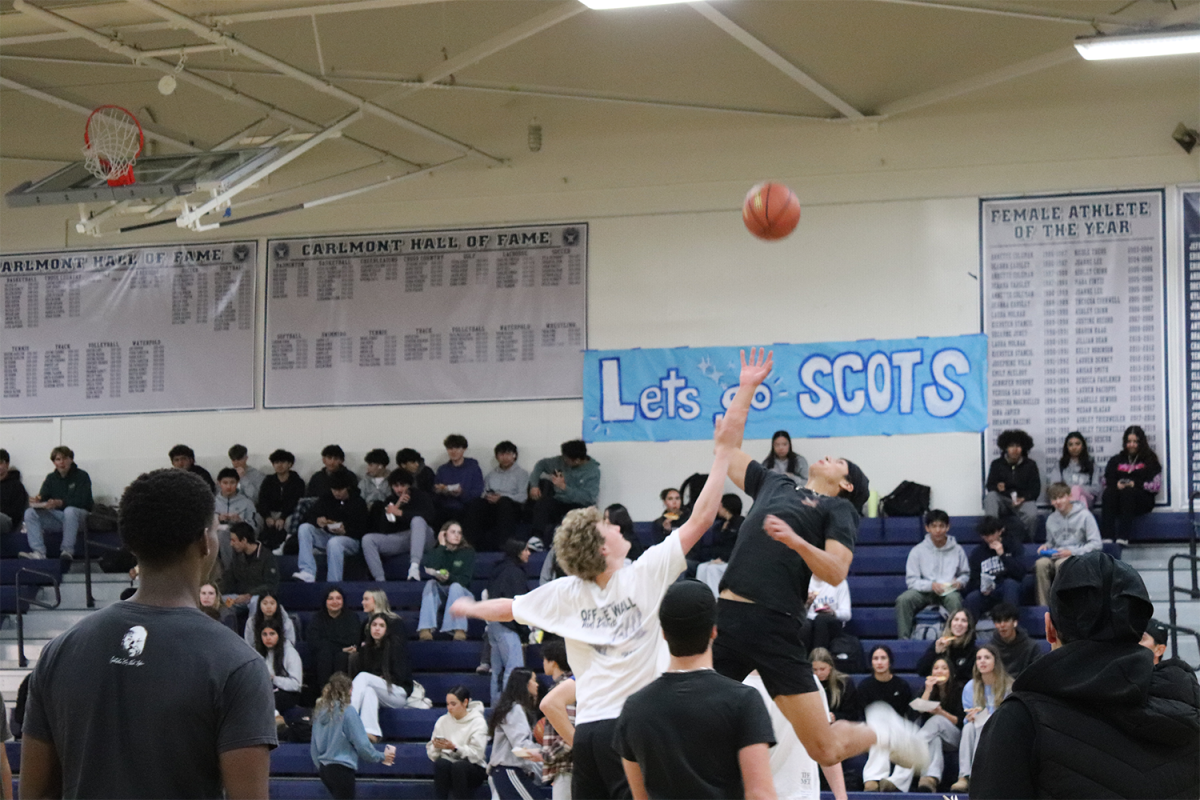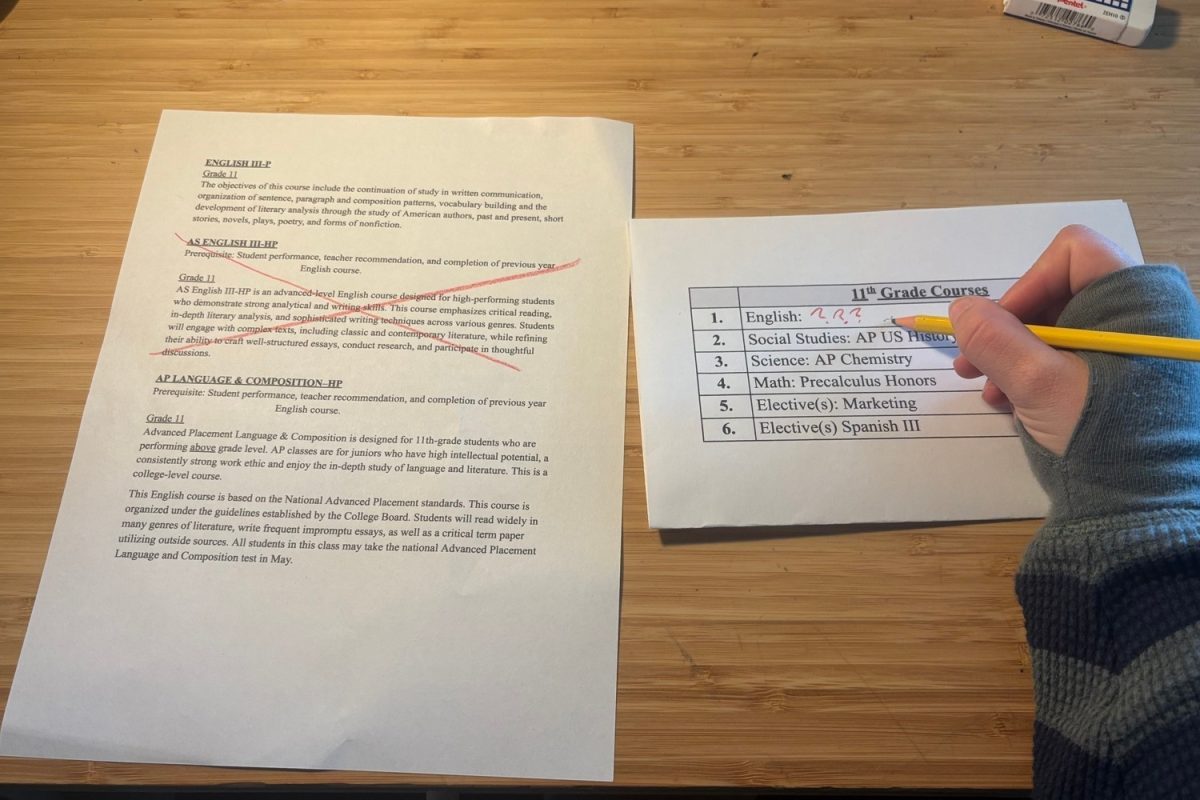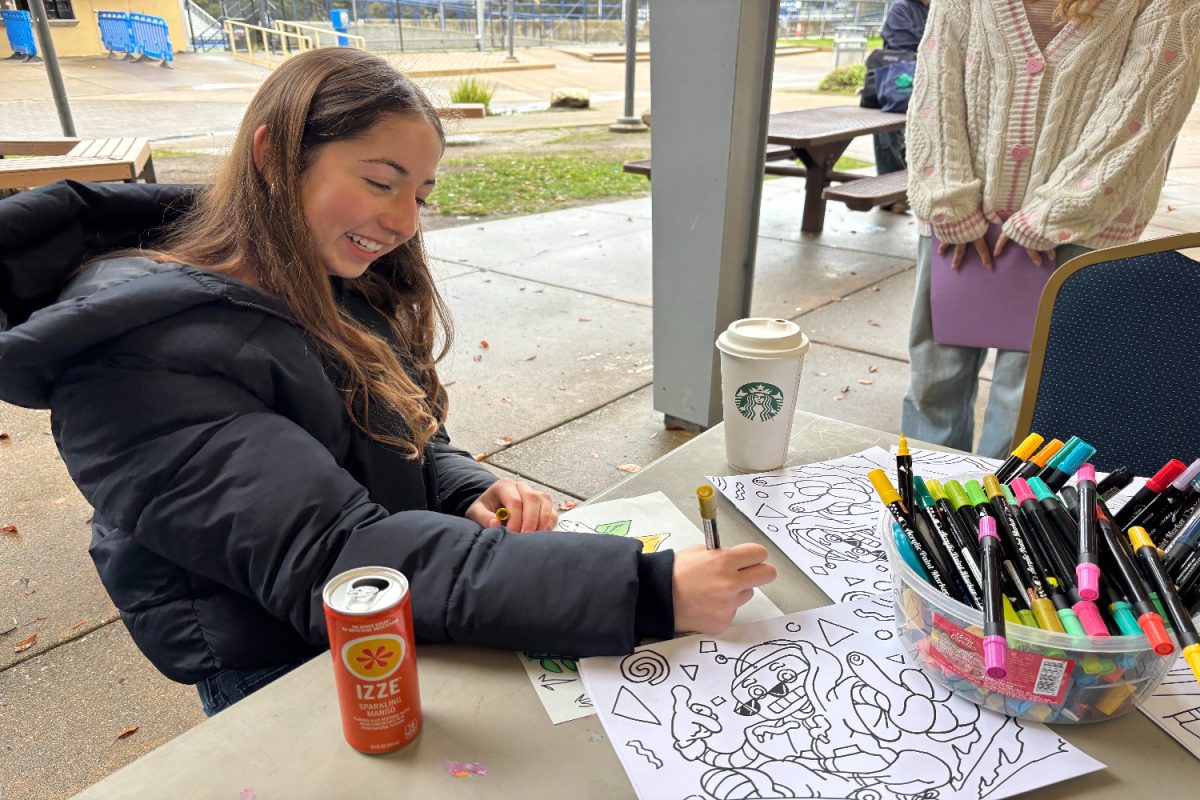Student transcripts hold the potential to determine a college acceptance, a livelihood, and a student’s future.
It’s no wonder Carlmont’s specialized course schedules, one for every two thousand or more students, are catered to such demands with the utmost attention.
Vice Principal Jennifer Cho and Head Counselor Tammy DePaoli come together between the months of March and June to undergo such a daunting task of arranging the variety of courses and classes offered at Carlmont.
“You should think about what classes you enjoy the most and therefore which classes to continue in college; there is a pathway that takes you from high school to college, and from there you will choose a possible career plan from those classes,” said Kelly Tanabe, a local author of The Ultimate Side to America’s Best Colleges.
That importance of course selection throughout a student’s four years in school falls on the shoulders of two of Carlmont’s administration staff.
“Our goal is giving all of Carlmont’s students access to the classes they want—that is the ideal situation,” Cho said.
However, with such a large number of students to work with, challenges are not uncommon throughout the selection process.
“Over the summer, we sometimes have to open or close a class, students move, or we get transfers, and classes are constantly being rebalanced. We don’t want to give kids a schedule and then have it suddenly change—that’s why we wait the day before school starts,” DePaoli said. “But we do allow for some changes at the beginning of the school year and we try to be as accommodating as possible.”
ASB President Valerie Wang understands the gravity and lasting impact of choosing specific classes throughout one’s time during high school.
“Knowing how to balance your schedule—whether you push yourself to take AP classes or take a step back—really readies you for the different levels beyond high school,” Wang said. “Receiving class schedules is a little nerve-wracking, but also pretty exciting; a lot of people wait all summer to see how it lays out.”
Likewise, as a student’s four years of high school comes to shape their debut into the adult world, the classes they have occupied themselves with can be taken into great consideration.
“The process of choosing your classes should not be taken lightly, you want to make sure you have the strongest possible transcript; colleges want to see your academic strength,” Tanabe said.
The final results of that student’s full four years of courses are the efforts made throughout those few short months of March to June.
Although to best ensure their schedules, students will seek alterations with the coming school year.
“During the beginning of the school year, I have to weigh student difficulty with the schedule changes and the overall educational benefit,” Cho said. “Ms. DePaoli and I handle all the schedule changes; I don’t think it would be fair if a student could potentially have a different experience based on their counselor.”
Despite student pressures vying for the perfect class schedule or inconvenient overlapping of a multitude of courses, the contributions of Cho and DePaoli are tackled with the best intentions and always towards creating the best possible high school experience for Carlmont’s students.
“When you are looking at the classes you are selecting, it’s important to look beyond that year; look at the long-term plan you have for yourself, and get feedback and insight from older students and counselors,” Tanabe said.
And as such arrangements of schedules make way for future aspirations and pathways, communication and collaboration between administration and students offer the most benefits in the long run.
“It’s a lot of work, especially with the number of kids at our school, and I want to give a big thanks to those who always help kids with changing schedules,” Wang said.



